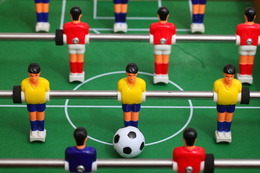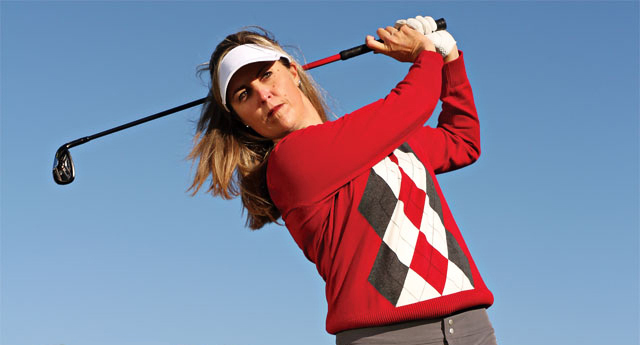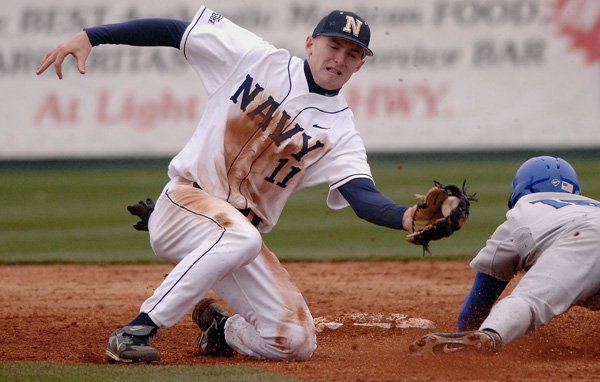The world's most popular sport, soccer has lived up to its reputation, and has had a number of alternate forms cropping up for some time now. One variant of soccer―indoor soccer, is also fast catching up and is already a rage in many countries.

Indoor soccer, as the name suggests, is played indoors, and is quite similar to outdoor soccer, except some changes made to suit an indoor arena. Traditional soccer rules do apply, but are molded to complement the fast pace and smaller arena. A typical indoor soccer team has six players, but this can vary depending on the size of the field. Five-a-side indoor soccer is also very popular, and is commonly known as 'Futsal', an acronym of
fútbol sala. Rules vary between different administrating sports bodies, but here are some universal rules of the game.
The Field
The arena can be rectangular or oblong in shape, and incorporates an artificial turf floor. It is surrounded by walls along the perimeter of the field, usually ranging around six feet in height. The height of the ceiling may vary. The dimensions of the field are usually 85 x 200 feet. The penalty area is thus smaller to accommodate the field.
Duration
A game is spread over four quarters of 15 minutes each, which add up to a total of 60 minutes. The breaks are of 3 minutes each, after the 1st and 3rd quarter, and a fifteen minute timeout after the 2nd quarter. The game may spill over to overtime if the scores remain tied. Overtime is usually of 15 minutes.
The Teams
Each side consists of six players including the goalkeeper. This number can vary between governing bodies or according to the size of the field. The usual positions, i.e., defenders, midfielders, and strikers are assigned to the players.
Substitutions
Indoor soccer employs the 'on-the-fly' method of substitution, wherein, players can be substituted as many times as needed, provided the player to be substituted leaves the field before the new one steps in.
Contact Rules
Standard soccer rules apply in indoor soccer in this aspect, i.e., no tackling from behind, no shoving or pushing, ball contact to be made during a play, etc.
Cards
The traditional yellow and red cards are used to issue warnings and expulsion respectively. In addition to these, a third card is also used, usually of the color blue. This serves as a warning before issuing the yellow card, and carries the 'penalty box' rule. This concept, similar to the 'sin bin' used in ice hockey, requires the penalized player to spend time outside the arena in a designated penalty box, usually two minutes. The red card carries the same meaning in indoor soccer as it does in traditional soccer, i.e., expulsion from the field.
Zone Play
A typical indoor soccer arena employs three lines, i.e., the center line and one line in each half. The rule being that, a player can't pass the ball directly over all the three lines without it touching anything or anyone. This is to curtail the use of long balls, and augmenting short passes and plays.
The Walls
The walls surrounding the arena at the perimeter are to stop the ball from leaving the arena, and no penalty or stoppage is awarded on contact. If the ball leaves the arena, then a free kick is awarded at the point where the ball last made contact with the wall.
The Ball
Indoor soccer is usually played on artificial turf or hardwood floors, and so the balls tend to be bouncier and difficult to control.
Offside Rule
In contrast to traditional soccer, the offside rule doesn't apply in indoor soccer.
The Crease
Some leagues employ a crease near the penalty box, beyond which, a player can't shoot unless he had possession of the ball before he entered the crease.
Multiple Point Scoring
Some leagues do award points according to the distance from where the goal is scored, similar to the 2 or 3 pointer in basketball. But in a typical game, one point is awarded for each goal.
Indoor soccer is fast gaining popularity due to the quickness and flamboyance displayed by the players. The smaller arena demands a high level of fitness, and the players do tend to use the walls as a 'teammate'. Indoor soccer arenas have sprung up all around the world, capitalizing on the huge following of the sport. So one thing is for sure―indoor soccer is here to stay. Joga Bonito!
 Indoor soccer, as the name suggests, is played indoors, and is quite similar to outdoor soccer, except some changes made to suit an indoor arena. Traditional soccer rules do apply, but are molded to complement the fast pace and smaller arena. A typical indoor soccer team has six players, but this can vary depending on the size of the field. Five-a-side indoor soccer is also very popular, and is commonly known as 'Futsal', an acronym of fútbol sala. Rules vary between different administrating sports bodies, but here are some universal rules of the game.
Indoor soccer, as the name suggests, is played indoors, and is quite similar to outdoor soccer, except some changes made to suit an indoor arena. Traditional soccer rules do apply, but are molded to complement the fast pace and smaller arena. A typical indoor soccer team has six players, but this can vary depending on the size of the field. Five-a-side indoor soccer is also very popular, and is commonly known as 'Futsal', an acronym of fútbol sala. Rules vary between different administrating sports bodies, but here are some universal rules of the game.

